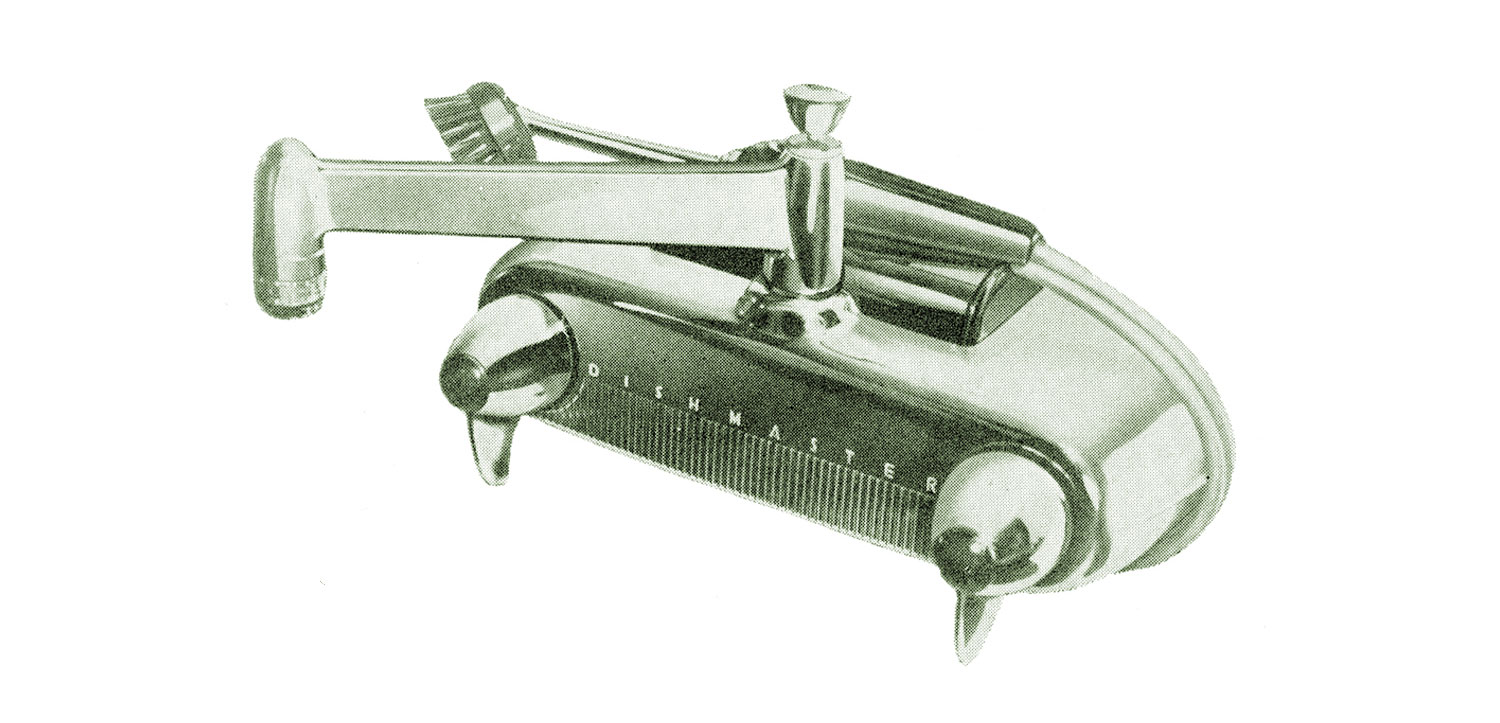
A LOT CAN CHANGE OVER FIVE DECADES — A LOOK BACK AT THE PAST 50 YEARS OF PROGRESS FOR THE PLUMBING INDUSTRY
Driven by landmark legislation, water safety and sustainability concerns, innovative new products and materials, enhanced research and testing capabilities, continuous development of codes and standards and an unprecedented level of professional collaboration, the plumbing industry has experienced more changes in the last half-century than at any other time in history.
In this article, IAPMO Executive Vice President of Continuous Improvement Programs Pete DeMarco and Senior Vice President of Codes and Standards Hugo Aguilar share what they believe are some of the major milestones encountered along the way that have made the plumbing industry what it is today, as viewed from the perspective of their organization.
A Glance Back at the Past
Early 1970s: Ceramic and Anti- Scalding Valves – The industry standard, ceramic valves were created for their ability to produce a watertight seal in plumbing products while resisting wear and the frequent need for replacement parts associated with valves using elastomeric or other seals. Product standards were first published in 1973 for anti-scalding valves that prevent a sudden change in shower water temperature caused by a decrease in hot- or cold-water pressure when, for example, a toilet is flushed or a washing machine is turned on, in order to prevent scalding and injuries such as slipping and falling, particularly among older adults and children.
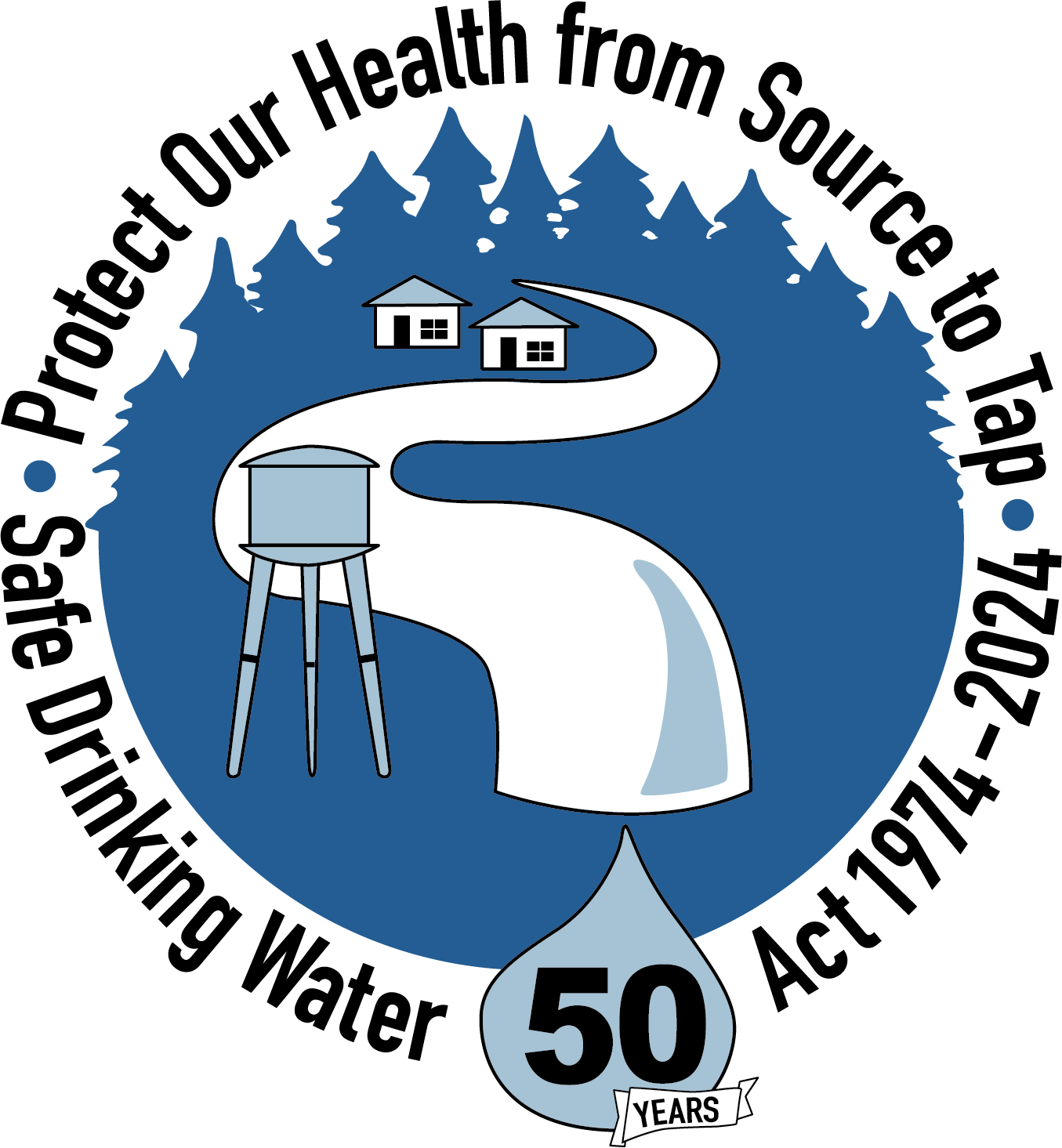
1974: Safe Drinking Water Act (SDWA) – Passage of the SDWA, according to DeMarco, has had a “huge impact” in that it authorized the U.S. Environmental Protection Agency (EPA), for the first time, to establish and enforce limits on levels of contaminants in drinking water. At the present time, more than 90 different contaminants are regulated by the EPA, with 92% of the nation’s water supplies in compliance with established limits.

1980s-Present: Plumbing Standards and Certification Programs – Although the ASME 1112 Committee was established in 1955 for the purpose of standardizing plumbing materials and equipment, it wasn’t until nearly a quarter century later that the use of these standards became widespread as they were gradually adopted into local plumbing codes. As a result, it became necessary to develop independent laboratory testing capabilities and rigorous third-party certification programs for the manufacturing community in order to help protect public health and safety and keep sub-standard products out of U.S. and Canadian markets.
1980s: CPVC and PEX – Offering greater durability and heat resistance than PVC, CPVC was added to the Uniform Plumbing Code (UPC®) in 1982. Introduced later during that same decade, PEX has properties that are similar to those of CPVC but provides a more flexible alternative that has made it the most commonly used pipe material for new home construction and replacement piping today.
1987: Canada-United States Free Trade Agreement – Following approval of the CUSFTA, a major effort was made to harmonize plumbing standards between the United States and Canada to eliminate confusion and promote free- and fair-trade practices. Although the CUSFTA has since been superseded by other agreements, this process of harmonization continues today with binational or single standards serving both countries being developed jointly by the CSA and IAPMO.
1991: Lead and Copper Rule (LCR) – Published by the EPA on behalf of the SDWA, the LCR was “a big deal for the industry,” says Aguilar, because it required the development of new plumbing products and materials to reduce the amount of lead and copper in drinking water. Since 1991, the LCR has been revised multiple times to introduce more stringent requirements. The most recent revision was in 2021.
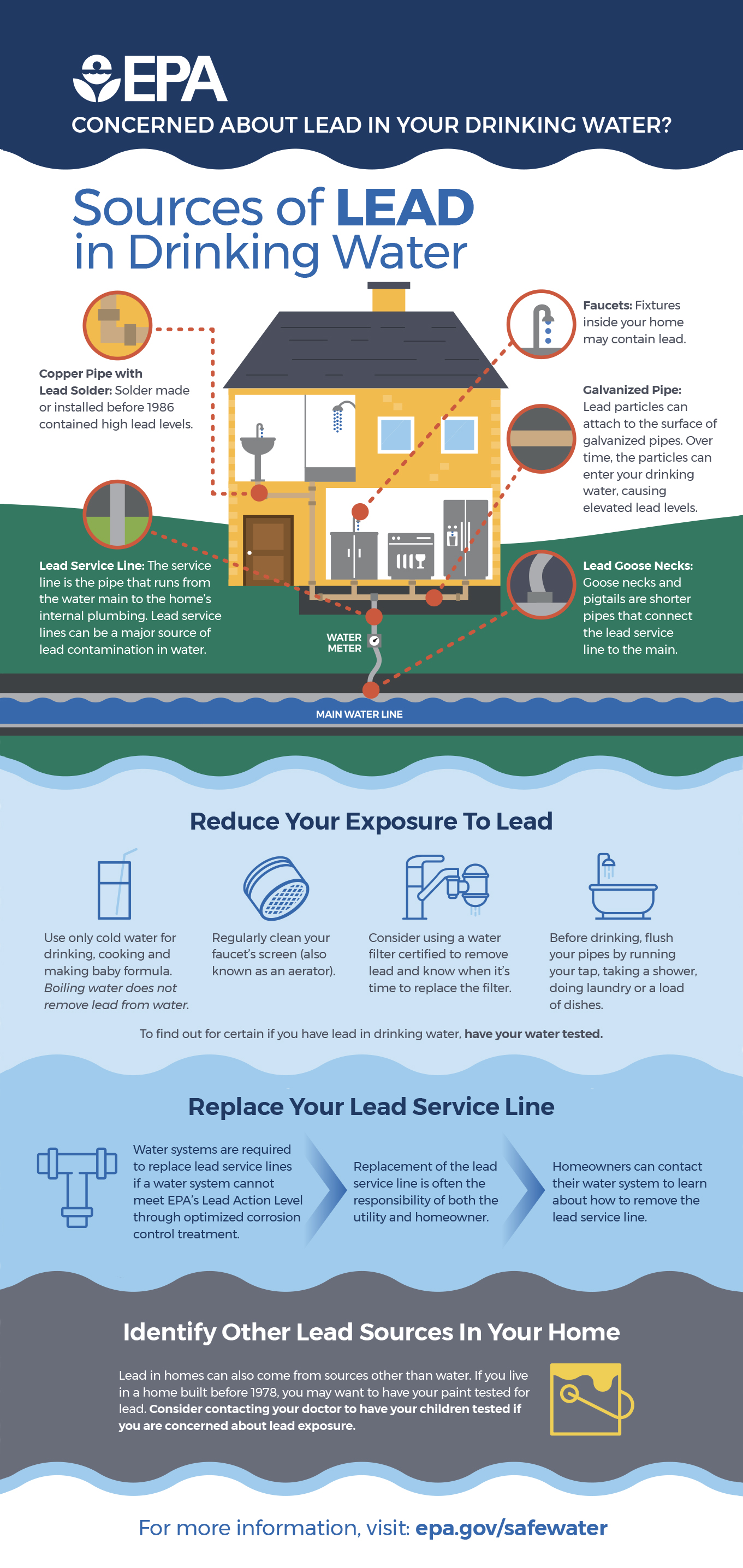
1992: Energy Policy Act – EPAct92 established minimum water efficiency standards for new plumbing fixtures such as showerheads, faucets, urinals, and toilets in the United States. Performance of new products meeting these standards, which in the case of toilets required roughly a 50 percent reduction to 1.6 gpm, was initially disappointing. However, improvements in quality since then have led to widespread consumer acceptance and a precipitous decline in water use nationwide.
1993: LEED Program – The Leadership in Energy Efficiency and Environment Design program was created by the U.S. Green Building Council, a non-profit organization based in Washington, D.C. It is the most widely used system for rating green buildings in the world and is based on third-party verification of a building’s design, construction and operation in categories involving environmental sustainability and energy efficiency.
1999: Americans with Disabilities Act (ADA) – Characterized by DeMarco as a “profound piece of legislation” the ADA initially required manufacturers to redesign bathroom fixtures including lavatories, toilets, and urinals specifically for people with disabilities. Over time, this led to the development of universal designs for use by both disabled and non-disabled individuals that are preferred for use in buildings today.
2000: World Plumbing Council (WPC) – An international organization headquartered in Switzerland, the WPC is dedicated to the growth and development of the world’s plumbing industries by improving their ability to deal with issues that include public health and the environment. With members in more than 30 countries, the WPC helped establish March 11 as World Plumbing Day and sponsors the triennial World Plumbing Conference, the next installment of which will be held in Shanghai, China, later this year.
2003: ANSI Accreditation – Recognition of IAPMO’s Uniform Codes by the American National Standards Institute (ANSI) starting in 2003 gave greater confidence to the codes’ users that the codes were developed using a highly reputable and widely accepted process. This process requires the use of an open, consensus-based approach that provides all potential stake- holders — including the public — with reasonable opportunities to participate.
2003: Maximum Performance (MaP) Scores – MaP scores were developed by a group of 22 organizations in the United States and Canada to objectively determine how much solid waste a toilet can dispose of in a single flush. While testing is voluntary, more than 4,500 different tank-type toilets made by more than 160 manufacturers have been tested and MaP scores are posted online for consumers to consult at no charge to assist them when purchasing a toilet.
2006: WaterSense – The EPA’s 2006 voluntary WaterSense Certification Program took EPAct92 one step further by requiring an additional 20 percent improvement in product water use efficiency. According to DeMarco, who co-chaired a committee advocating its adoption, WaterSense standards have become so widely accepted they’ve “even become the law of the land in some states and counties around the country.”
2014: Emerging Water Technology Symposium (EWTS) – Co-convened annually by IAPMO, ASPE, AWE and PMI, the EWTS provides an opportunity for attendees to learn about and discuss emerging technologies that can benefit water safety and sustainability with leading experts from around the world. DeMarco was the technical facilitator for the first six of these events that he says “position the United States at the forefront of these issues” in a forum that increasingly involves international participation.
2015: Pathogen Control Standards – Aguilar notes that guidelines for preventing the growth of Legionella first appeared during the late 1990s, with the 2015 ASHRAE Standard 188 becoming one of the most prominent. Awareness of the need to control other potential contaminants, he adds, has since led to the process of developing ASHRAE Standard 514 “to address the prevention of injury and disease from Legionella as well as other waterborne pathogens, chemicals and physical hazards.”
2017: WE•Stand – Introduced in 2017, IAPMO’s Water Efficiency and Sanitation Standard is “revolutionary” Aguilar maintains, in that “it is the first industry standard that focused exclusively on achieving safer and efficient water use in both residential and non-residential buildings.” Published utilizing ANSI- accredited development procedures, the 2020 edition encompasses everything from water-efficient plumbing fixtures and appliances to composting toilets and rainwater catchment systems.
2018: Water Treatment Standards – In response to high-profile media reports of lead and other contaminants found in municipal drinking water supplies, both point-of-entry and point-of-use water filtration systems burgeoned in popularity. To ensure safer and more reliable performance, standards for these systems were established by ASSE International, NSF International and IAPMO starting in 2018 that were later referenced in the 2021 UPC.
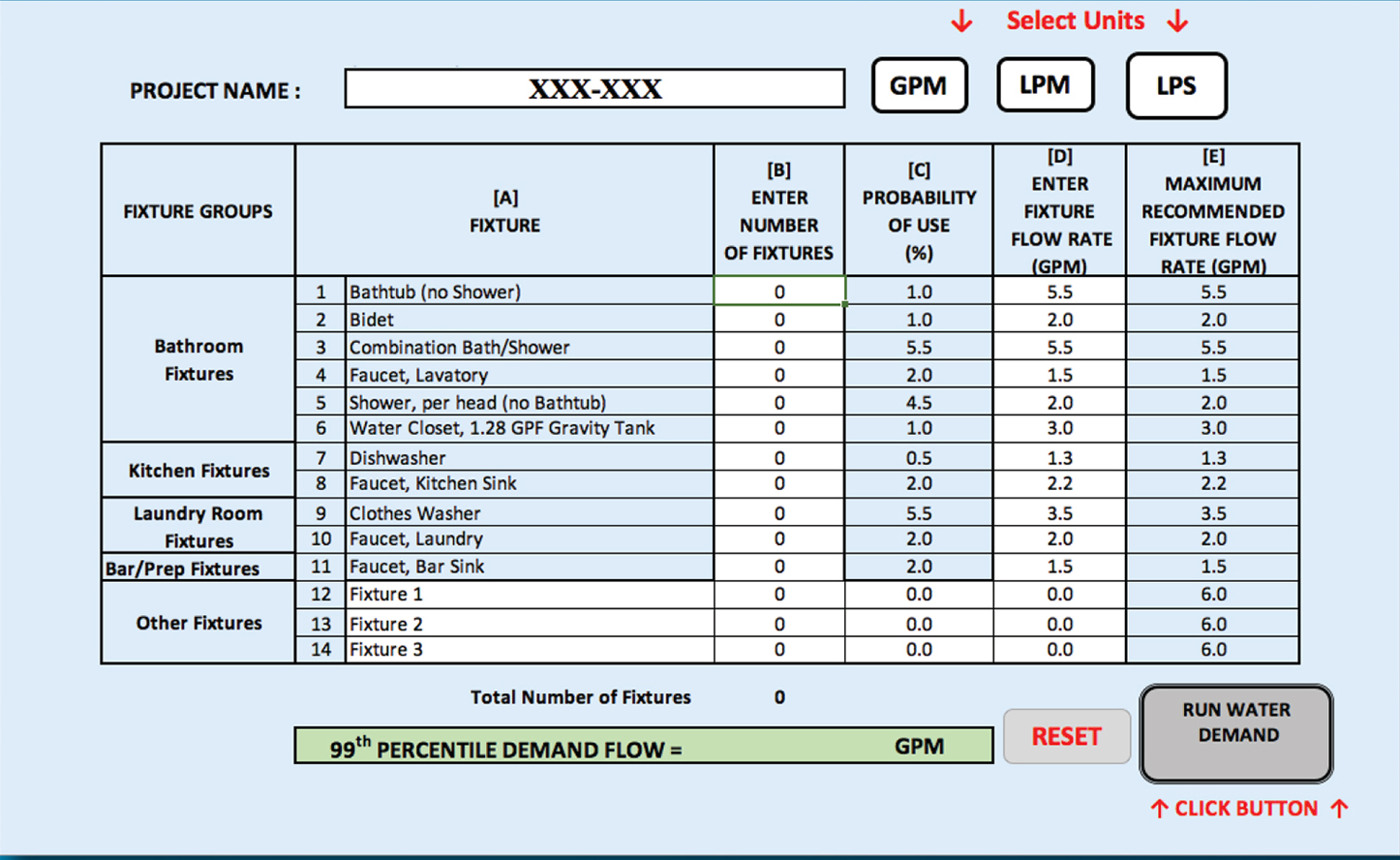
2021: Water Demand CalculatorTM (WDC) – The WDC was developed by IAPMO to replace the nearly 90-year-old Hunter’s curve previously used to calculate pipe requirements that Aguilar says were “grossly oversized” based on today’s flow rates. “With WDC,” he explains, “all you have to do is enter the number of fixtures you have and it gives you the flow rate you need to right-size your pipe requirements.”
Fast-Forward to the Future
Looking ahead, many of the problems of the past will undoubtedly persist, while others, such as those precipitated by climate change, for example, will certainly emerge. In spite of this, Aguilar believes the experience gained and the lessons learned from the last half-century have made the industry “more resilient and better prepared” to confront the challenges of tomorrow.
DeMarco agrees, saying “we’re way better off because the plumbing industry in total, including manufacturers, utilities, and certainly the organizations who’ve worked so hard behind the scenes to apply the right standards and solutions, have helped ensure that when we do encounter new problems, they’ll be worked on with the same rigor as the others and with much better knowledge.” Which is a fitting tribute to all those who’ve participated in the progress of the plumbing industry over the last 50 years.
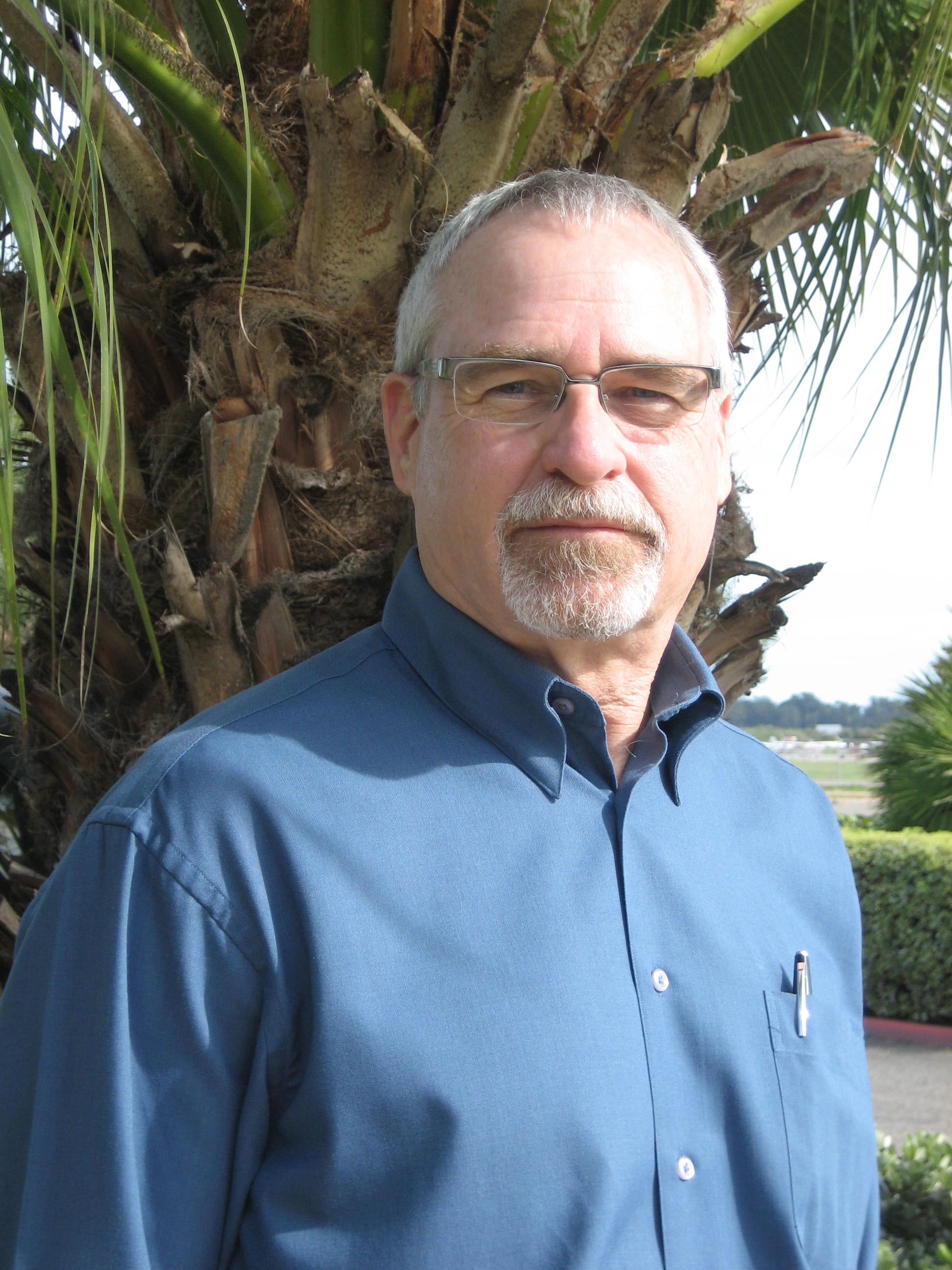
Stephen Webb
Last modified: December 20, 2023

Great Job on the time line. I started my career in 1969 pounding lead joints. Many good things have come about by IAPMO and trades people voicing their concerns to make things better for our country.
My current concern is the movement to get ride of natural gas. What a disappointment that is. Heat pump water heaters cost much more and are “a Joke” from manufacturers who will tell you this in confidence. Cities in CA banning gas service to new single family homes.
If the USA produces 2% of carbon emissions in the world, and the rest of the world continues to ignore any positive efforts, WE ARE WASTING OUR TIME.
Thanks Eddie. You couldn’t be more correct. Natural gas, solar, nuclear, thermal, will be the way of the future barring a scientific breakthrough elsewhere. None of it will be possible without fossil fuels. The advancements in the plumbing industry have been massive and world changing but it seems to those that are enjoying the good things of life, still moving too slowly.
Few give a second thought to clean water, indoor plumbing, and wastewater treatment but try going just a day or two without.